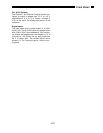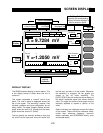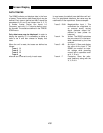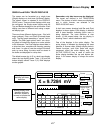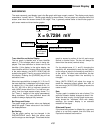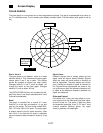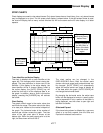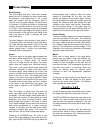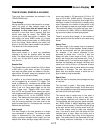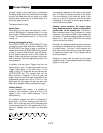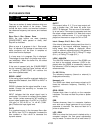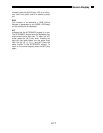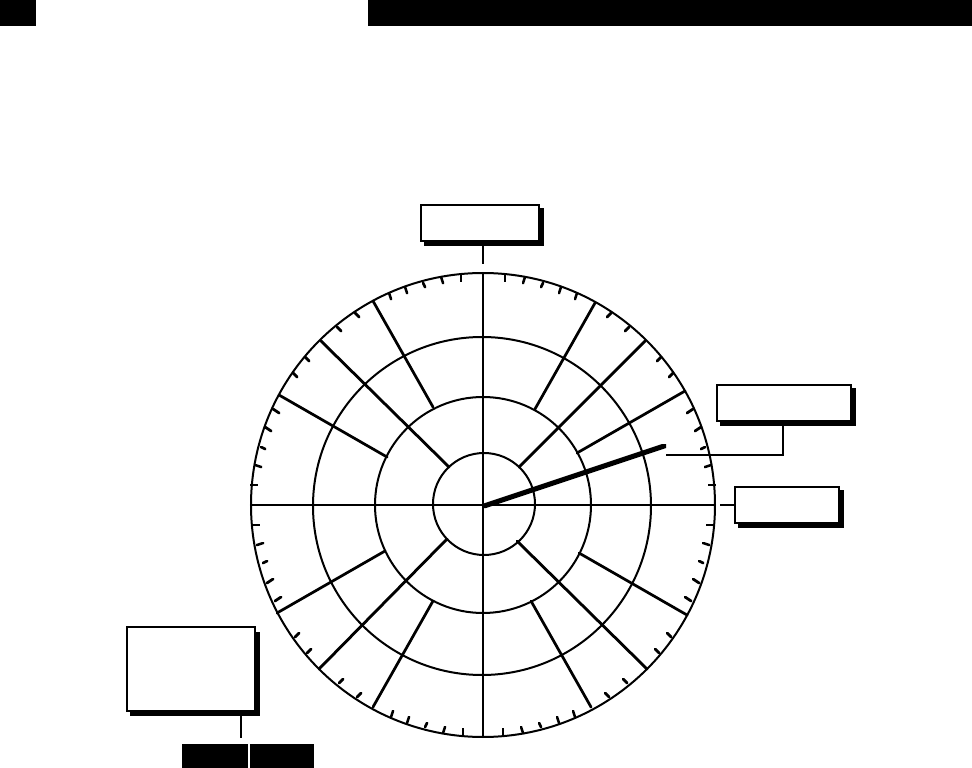
4-10
X Axis (0°)
Y Axis (90°)
Signal Vector
Trace Offset
and Expand
Indicators
POLAR GRAPHS
The polar graph is a convenient way to view magnitude and phase. The signal is represented as a vector on
an X-Y coordinate axes. The full screen polar display is shown below. The split screen polar graph is half as
big.
Plot of X and Y
The polar graph is not labelled - there is no trace
identifier above it. This is because the polar graph
always plots X and Y as a vector. This display
cannot be changed to display any other traces.
Changes made to X and Y, such as offsets, will
change the vector on the polar graph. Changes
made to R, such as offset, will not.
The [ACTIVE DISPLAY] key will not select this dis-
play since there is no cursor associated with it and
it cannot be autoscaled.
Scale
The graph is oriented like a normal X-Y axes.
Positive X is to the right and positive Y is up, and
zero is in the center. The four circles indicate 25%,
50%, 75% and 100% of full scale. The polar graph
is always scaled to the full scale sensitivity. Note
that X and Y can both be full scale in amplitude
and the resultant vector exceed full scale by √2 (at
45°).
Signal Vector
Coherent signals have a steady phase and the
signal vector will have a steady direction. Signals
which are noisy will move around in direction as
well as magnitude. The polar display can quickly
give a feeling for whether a signal is coherent or
not. Signals whose frequencies are close to, but
not synchronous with the reference frequency will
to rotate at the difference frequency between the
signal and reference.
Offset and Expand
If the either X or Y has a non-zero offset or a non-
unity expand, then the Offst and Expd alert indica-
tors are turned on. The vector is plots the offset
and expanded quantities X and Y. If X and Y have
unequal expands (differing gains), the signal
vector is generally not meaningful.
Screen Display




